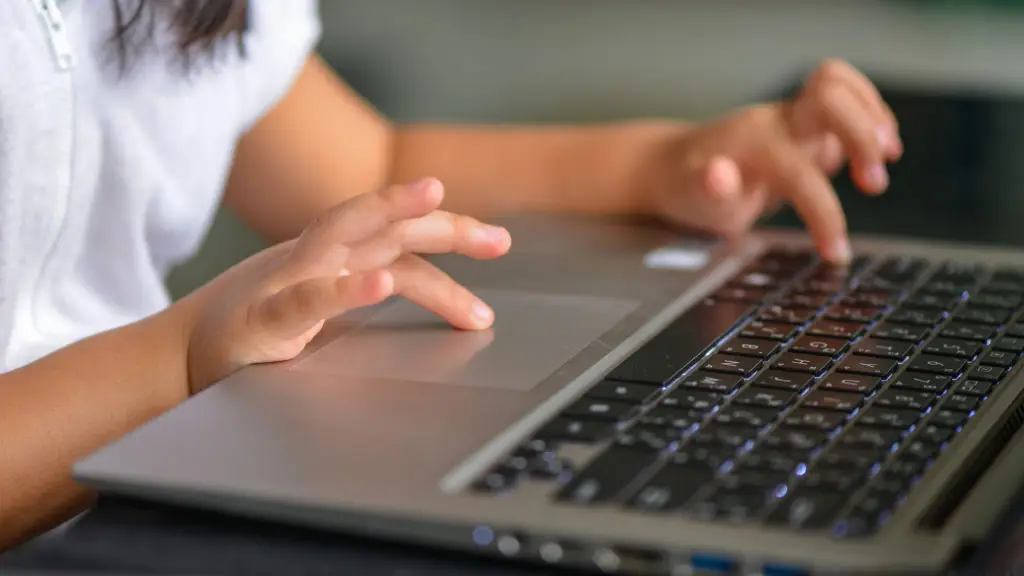The COVID-19 crisis has laid bare some old truths: where you live and what school you attend has profound impacts on what students can expect to get out of public education. Some students get instruction from teachers while others don’t; some students choose from a multitude of personalized learning pathways while others get packets of worksheets. The result is widening inequities among students attending different schools and districts.
There is little doubt that what happens in the next few months will shape the gaps between the haves and have-nots.
Here’s another truth: states can act now to help level the remote learning playing field and ensure that today’s inequities don’t play out again this summer and fall. Here’s how:
#1: Scale up solutions to problems everyone faces
States may not have all the answers to help districts pivot to the cloud and prepare for next year, but they can help create the baseline resources that free up districts to do the work of remote learning by:
- Coordinating statewide internet access, including negotiating with broadband and wireless network providers to expand low-cost/free solutions. For example, a partnership between Georgia’s governor, the state Coronavirus Taskforce, and the Department of Community Affairs resulted in new options for citizens to access broadband, including free internet service and access to hot spots. The Virgin Islands plan to create a permanent digital infrastructure for remote learning.
- Developing a statewide virtual instructional platform or partnering with a state that already has one. During the spring of 2020, eight states and one territory (Alabama, Florida, Idaho, Kentucky, Oregon, North Carolina, South Carolina, Wisconsin, and Puerto Rico) supported student learning by offering access to a statewide instructional platform. One state, Alaska, did not have one but partnered with Florida Virtual School to provide online courses to Alaskan students.
- Developing and deploying assessment tools to help districts understand student needs. States might, for example, vet diagnostic tools and make available assessments schools can use to assess student learning needs this fall. See, for example, the work of Louisiana.
#2: Promote data, evidence use, and effective practice
In a time of so much uncertainty, many districts and schools are looking for answers to questions of “what works.” States can play important roles in promoting the use of evidence and highlighting effective practices. This could include:
- Providing evidence-based instructional resources. This might include a list of high-quality online curricula (see, for example, CCSSO’s list of high-quality remote learning instructional resources as a start), best practices for addressing learning loss, or effective strategies for educating students with disabilities in a remote environment.
- Setting expectations for districts to collect and share data. Twenty-five states required districts to submit a remote learning plan in spring 2020, providing a foundation for understanding districts’ approaches; Maryland, Nebraska, and Wyoming used these plans to offer differentiated support to districts with varying local needs. Requiring the submission of plans will be even more important in the fall, given that states won’t have access to accountability data in the near future.
- Amplifying exemplary districts and facilitating collaboration between districts so they can learn from each other. Arkansas and Kansas posted all remote learning plans on the department website so districts could learn from one another. Wyoming went one step further by identifying exemplars.
#3 Leverage partners to help manage change
State education agencies were not designed to support system-wide adoption of remote learning or address the potential for mass learning loss. The crisis threatens to break a system already struggling with too few people to do required work.
Happily, states don’t need to solve all the problems presented by COVID-19 themselves. States could consider:
- Partnering with universities and external researchers to help define evidence-based remote learning practices and make recommendations about strategies for addressing learning loss. This is happening in Tennessee, where the Tennessee Education Research Alliance (TERA) is leading efforts to infuse state education policymaking with evidence in response to COVID-19.
- Tapping intermediary or regional education agencies to perform functions state education agencies cannot do on their own. In Illinois, regional education agencies reviewed districts’ plans for remote learning.
- Leveraging national or regional nonprofits to provide technical assistance. In Colorado, the state tapped the Colorado Education Initiative (CEI) to collect information about district barriers for the Colorado Department of Education. States might partner with national organizations, such as AmeriCorps, to provide on-the-ground solutions like tutoring that districts will need this fall.
- Leaning on the private sector to help. For example, electric co-ops in some states have played a key role in expanding rural broadband, while businesses in Delaware helped purchase laptops for students in need. States can also help broker partnerships for software and instructional technology.
#4 Don’t forget to “mind the store”
Districts will need flexibility to deal with the continued challenges COVID-19 presents, but this should be paired with clear expectations that districts make their best-faith effort to serve every student. For example:
- States can set baseline expectations about how educators, schools, and districts can support students’ learning needs now and in the uncertain future. At a minimum, this means defining the nonnegotiables, like setting an expectation for remote learning, requiring districts to track student participation, or requiring schools and districts to monitor students’ academic progress.
- Districts responded when states required remote learning plans in the spring. Similarly, states should require learning loss and contingency plans for opening in 2020-21. Maryland offers an early example of what that can look like.
Schools and educators face daunting uncertainty, combined with the prospect of painful budget cuts, massive learning gaps, and significant emotional needs when students return in the fall. States can take action now to help them address these needs. Students and families are depending on it.






